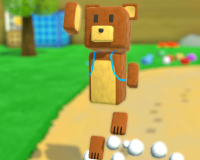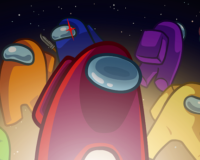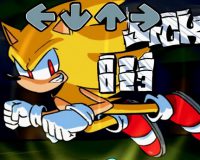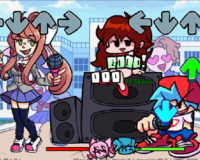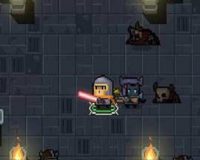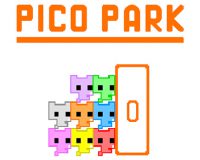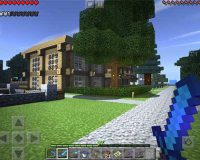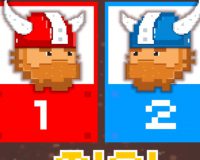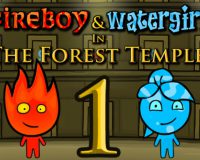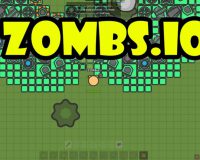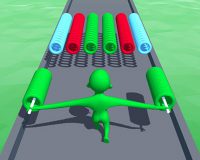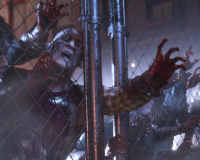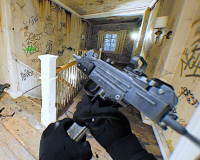
Advertisement
Chaos Zero Nightmare
Chaos Zero Nightmare introduces a setting where reality is locked in a sequence of repeating failures. The protagonist enters this unstable loop after previous agents were unable to contain a spreading disruption. Each attempt restarts the timeline but retains small traces of information that guide future decisions. Early missions focus on identifying the first signs of collapse and determining how different choices influence the developing crisis. The narrative unfolds gradually, relying on accumulation of knowledge gathered across multiple cycles.
Combat Flow And Deck-Based Strategy
The game uses a turn-based combat system where characters act using cards drawn from individual decks. Each card determines a specific action, such as damage, protection or utility. The deck changes with each run, meaning players must reorganize their approach depending on which cards become available. Characters develop roles according to the types of cards they specialize in, creating a need for balanced team composition. Because combat relies on resource timing and card synergy, every encounter requires planning rather than improvisation alone.
Key Gameplay Systems And Advancement
Chaos Zero Nightmare structures its progression around repeated runs that gradually unlock improvements and story routes. Each completed attempt provides resources that persist after the loop resets. The core systems include:
- Turn-based battles influenced by deck configuration
- Deck evolution shaped by run outcomes
- Character upgrades that carry into future cycles
- Mission routes that branch according to choices
- A looping narrative that reveals fragments over time
These systems combine to create a cycle of incremental growth and continuous adaptation.
Run Structure, Mapping And Choices
Exploration follows a branching-node layout instead of open-world traversal. Each run presents a map filled with routes containing challenges, decision events, shops or rest points. Players select paths that shape the flow of encounters and determine what rewards or obstacles appear later. Some nodes offer opportunities to adjust the deck, while others introduce conditions that alter battle mechanics. Because each run features a different arrangement of nodes, recognizing patterns and adjusting strategy becomes part of long-term progression.












